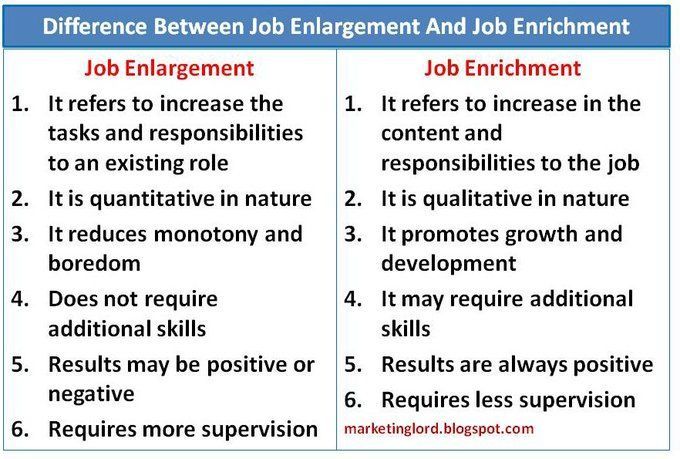Managers: Are You Building a Culture of Trust?
We spend a third of our days at work on average. This work environment can either enhance or diminish employee morale and productivity in your company. Learning how to build trust with employees can improve productivity, engagement, and confidence.
Trust in any organization works on three levels:
- At a company level in terms of culture
- At a team level concerning the relationships among the members
- At an interpersonal level between two people.
You can't always control your organization's level of trust, but you can certainly influence it by building trust in your immediate work environment.
Building trust with employees in a smaller unit where you have more control helps to propagate trust in the larger organization.
If an employee doesn't trust their manager, the company suffers. Sure, ruling through fear works, but the employee will do the bare minimum amount of work needed to keep their job.
Building trust with employees is key to beating your competition, not to mention increasing employee retention.
5 ways leaders at all levels can create a culture of trust in the workplace
1. Be honest and supportive
Even when it's difficult, tell the truth and not just what you think people want to hear. Understand what employees need to know and communicate facts while being considerate of their effort and sensitivity to their feelings.
Showing support and understanding for your team members, even when they make mistakes, goes a long way in building trust as a leader.
2. Listen
Actively listen and check for understanding by paraphrasing what you've heard. Use a variety of feedback tools to ensure everyone has the chance for their voice to be heard.
You must engage in dialogue with employees, giving them the opportunity to ask questions, get answers, and voice concerns. Then, apply what your internal stakeholders share for future actions.
3. Be consistent
Consistently doing what you say you'll do builds trust over time – it can't be something you occasionally do. Keeping commitments must be the essence of your behavior, in all relationships, day after day and year after year.
4. Model the behavior you seek
Nothing speaks more loudly about an organization's culture than the leader's behavior, which influences employee action and has the potential to drive their results.
If you say teamwork is essential, reinforce the point by collaborating across teams and functions. Give credit when people do great work and you'll set the stage for an appreciative culture.
5. Build in accountability
When you and other leaders acknowledge your mistakes as well as successes, employees see you as credible and will follow your lead.
You can encourage honest dialogue and foster accountability by building in processes that become part of the culture. For example, evaluate every project (positives, negatives, things to change) or a status report and next steps in each meeting agenda (tracking deadlines and milestones).
You build and maintain trusting relationships and a culture of trust in your workplace one step at a time through every action you take and every interaction you have with your coworkers and employees.
Trust may be fragile, but it can grow strong over time with the deliberate efforts above. Check out the many benefits trust brings to a workplace.
Manager behaviors that build a culture trust
Ask yourself these questions to assess your personal behavior and learn how to create an awareness of the daily practices that encourage a culture of trust in your workplace.
- Am I listening to my employees and seeking their ideas, suggestions and opinions?
- Am I open to employee ideas and including those ideas in the decision-making process?
- Am I setting and communicating consistent expectations regarding team and individual performance objectives?
- Do I tell employees the truth and follow through by doing what I say I am going to do, even when it is difficult?
- Am I treating everyone with the same dignity and respect that I expect and would like to receive without revealing bias, judgment or personal favoritism?
- Are my career goals or a personal agenda interfering with my team's performance and commitment to my employees' success?
- Do I demonstrate concern and caring for each employee, workgroup and department?
- Do I set a good example and conduct myself in a manner consistent with the organization's mission, vision, and values?
Trust must be earned. It comes from a conscious effort to walk your talk, keep your promises and align your behavior with your values. Building trust is worth the effort because once trust is lost, it can be very difficult to recover.
Determine if your organization is a high-trust culture
Reach out to us about our culture management platform so you can decode the levels of trust in your workplace - and how to grow it.
Source: https://www.greatplacetowork.com/resources/blog/managers-are-you-building-a-culture-of-trust


People That Care Australia does not receive any funding to operate its business. All profits are used to improve the service we offer to Jobseekers.
USEFUL LINKS
FOLLOW US
STAY INFORMED
You need a helping hand with your project?
We will get back to you as soon as possible
Please try again later
CONTACT US
Contact Us
We will get back to you as soon as possible.
Please try again later.
All Rights Reserved | People That Care Australia
Made with 💛 by Shazamme
